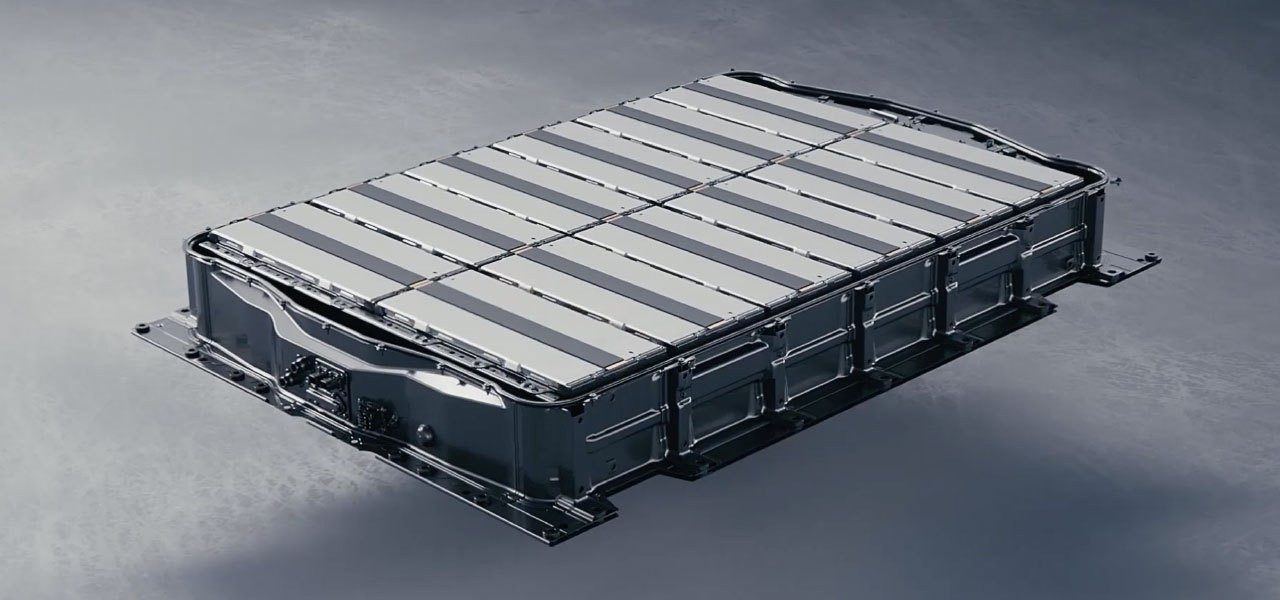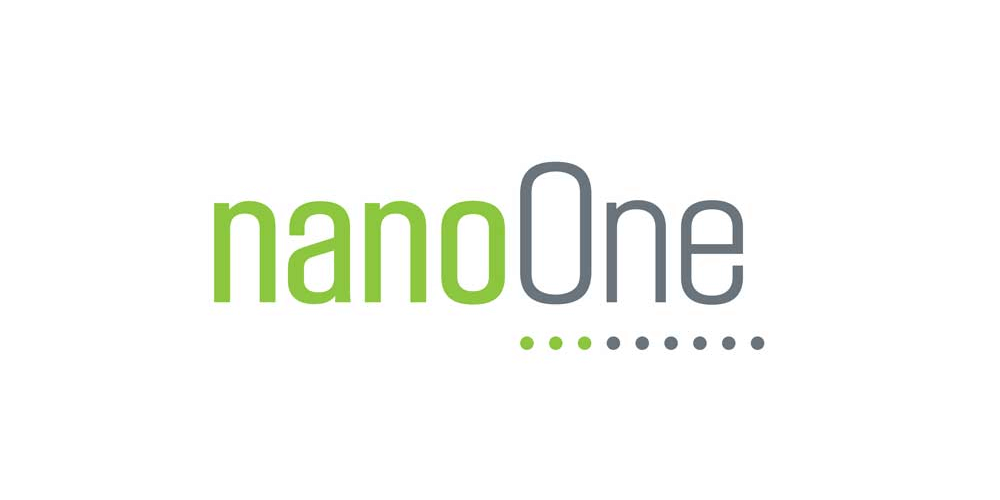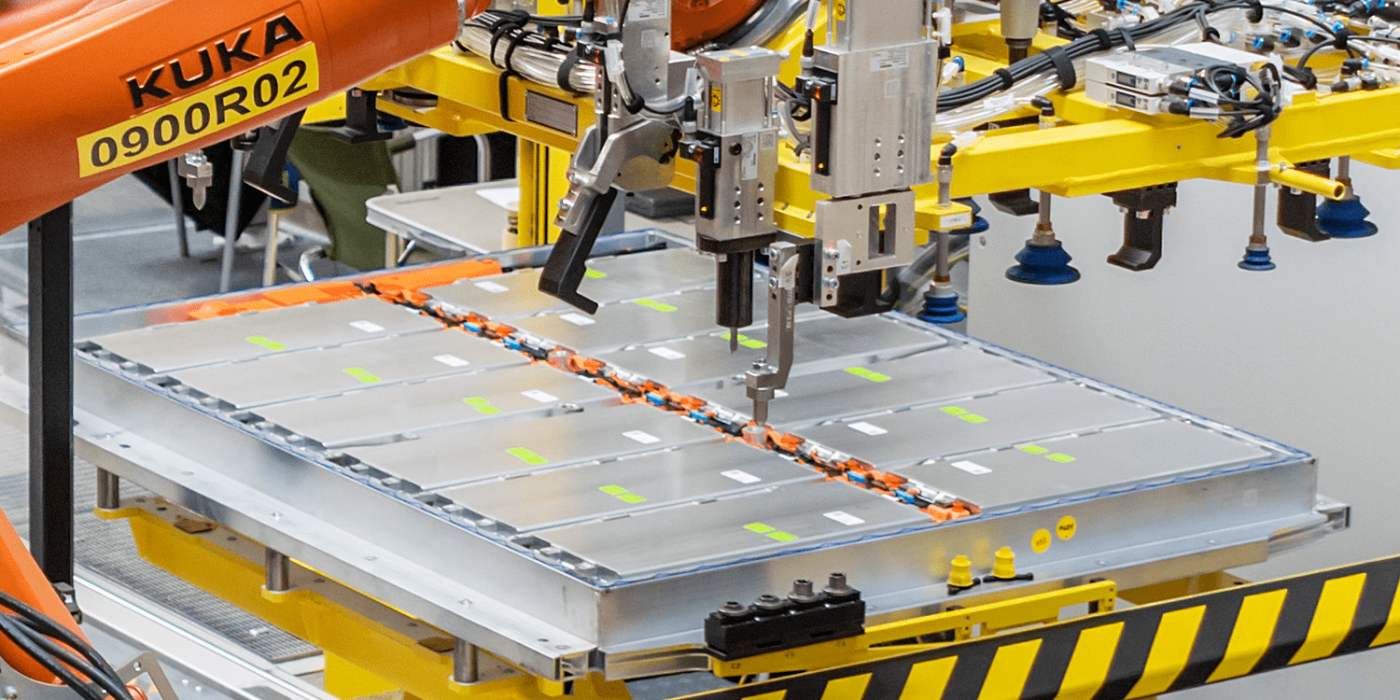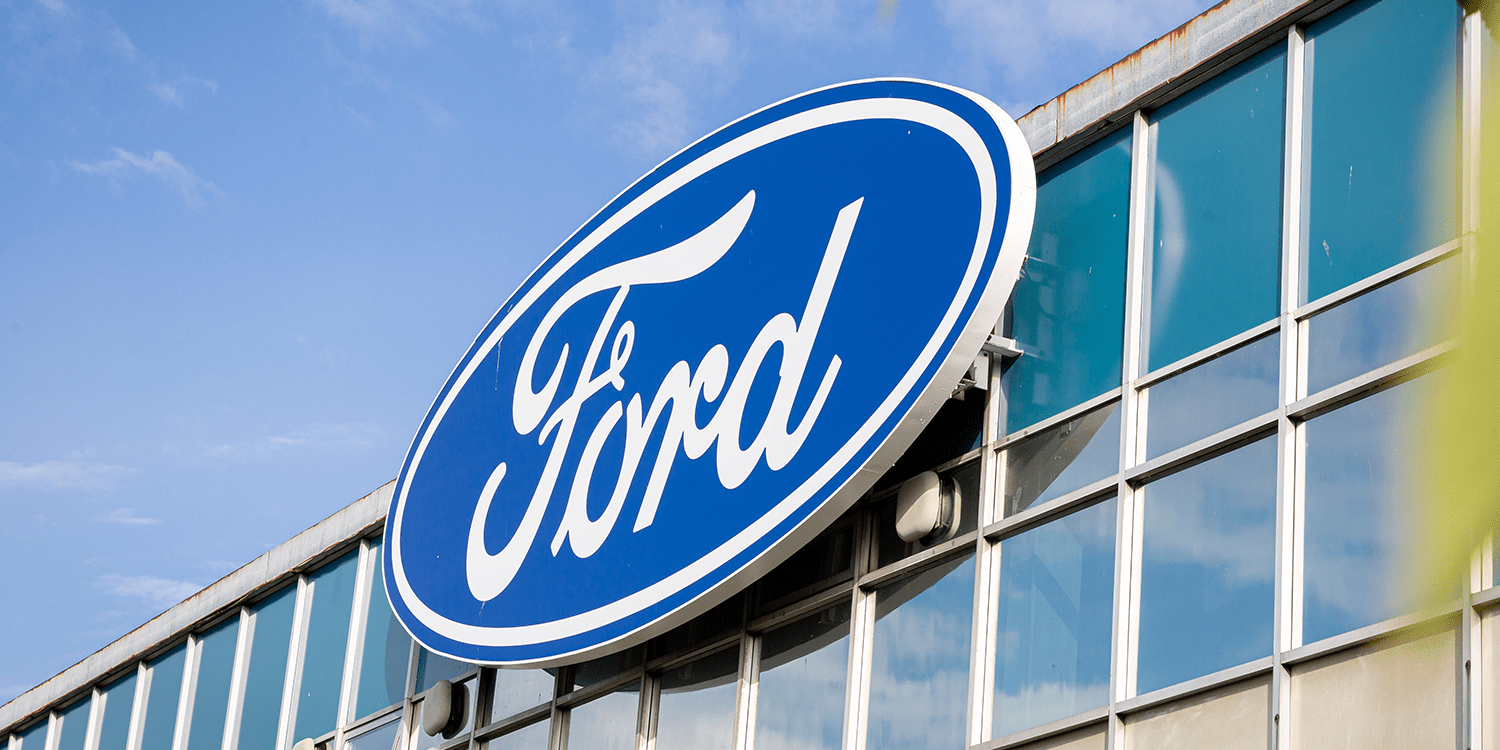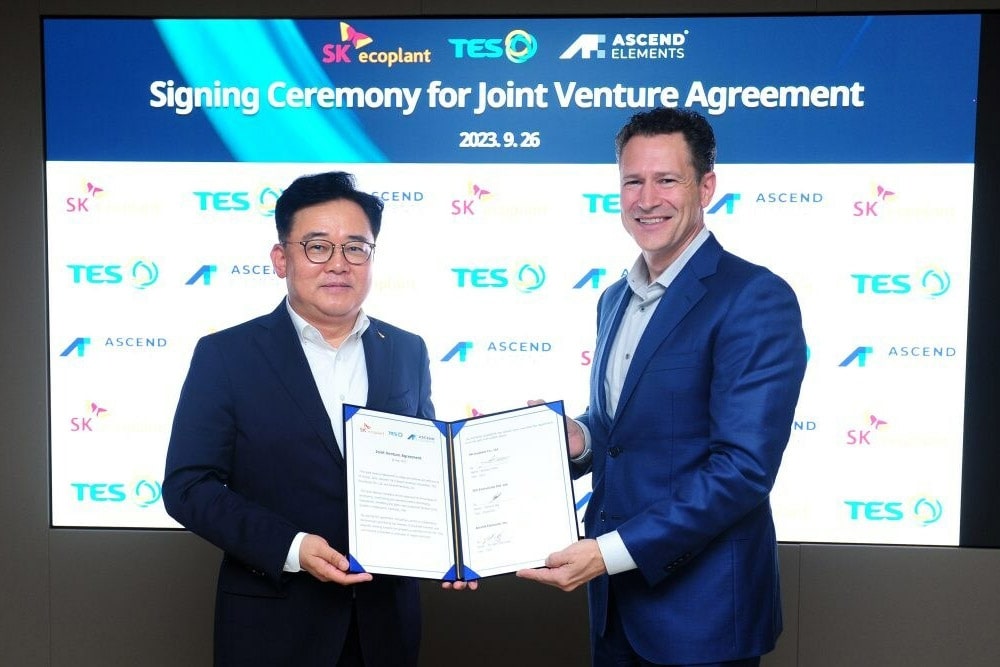Cobalt hydroxide prices, a crucial component in the production of electric vehicle (EV) batteries, have witnessed a significant decline due to an influx of supply from the Democratic Republic of Congo (DRC), the world’s leading cobalt producer.
Typically, cobalt hydroxide prices are referenced as a percentage of the cobalt metal price, known as payables. In August, these payables plunged to just 46% of the cobalt metal price, a stark contrast to the approximately 90% seen in late 2021 and early 2022 when cobalt metal commanded a price of around $60,000 per metric ton. Currently, cobalt is trading at approximately $32,000 per ton.
Benchmark Mineral Intelligence (BMI) forecasts a substantial surplus of 17,000 tons in the cobalt market for this year, highlighting the remarkable increase in cobalt availability. Analyst Roman Aubry from BMI suggests that prices may not recover to 2022 levels until demand aligns with this surplus, but anticipates a significant demand surge by 2027, driven by the rapid expansion of the EV industry.
Indonesia’s soaring cobalt production, a byproduct of nickel mining, is also contributing to the oversupply. BMI predicts that cobalt supplies from Indonesia will more than double to over 19,000 tons this year compared to the previous year. Meanwhile, the DRC, with a more than 14% increase, is set to contribute 169,000 tons, constituting 72% of the global total, which is nearly 223,000 tons.
The boost in Congo’s cobalt supply is attributed to the resumption of cobalt and copper shipments from China’s CMOC Group’s Tenke Fungurume mine (TFM) in July. This resumption followed a one-year halt caused by a dispute with the government.
Although demand for cobalt is on the rise, it has not yet caught up with the rapid surge in supplies. Weakness in sales of consumer electronics, such as mobile phones and laptops, which utilize cobalt-containing batteries, is one factor contributing to this imbalance.
Additionally, the shift towards more cost-effective lithium iron phosphate (LFP) batteries and away from those using nickel, cobalt, and manganese (NCM) cathodes is impacting cobalt demand. Manufacturers are also reducing cobalt content in favor of nickel to enhance the driving range of EVs.
Analysts at Morgan Stanley acknowledge these developments and highlight the long-term challenges facing cobalt demand. They expect cobalt prices to remain under pressure as supply growth continues and as CMOC Group’s destocking takes effect.
Morgan Stanley’s projections indicate that cobalt market surpluses will persist, with 47,061 tons expected this year, followed by 74,800 tons in 2024 and 92,660 tons in 2025.

